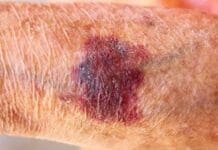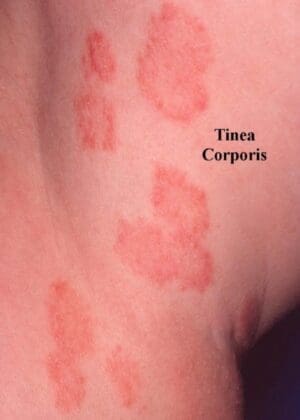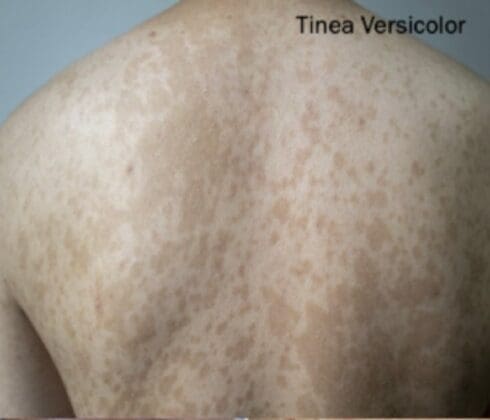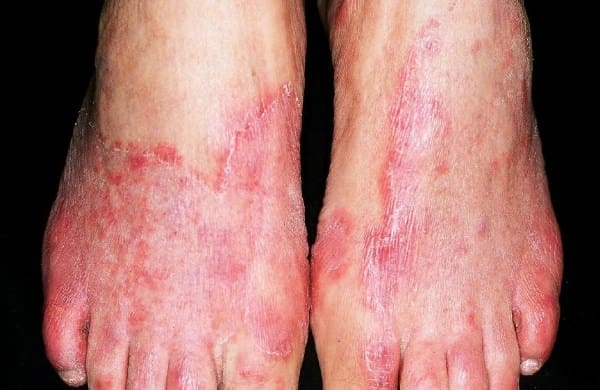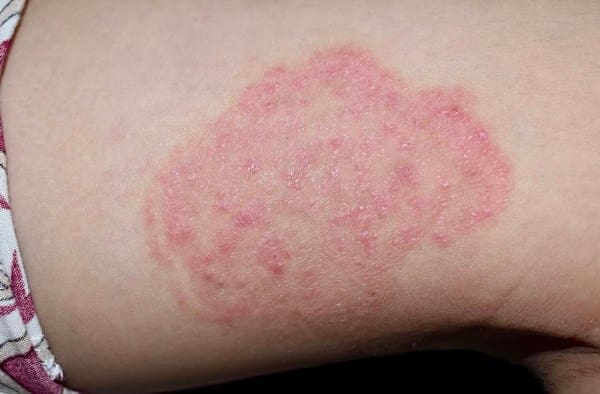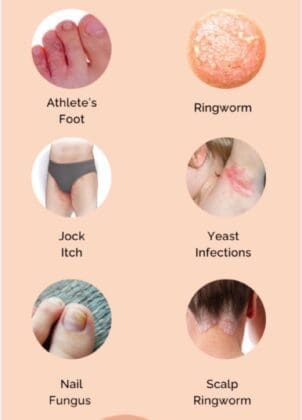By Bridget Sullivan, PA-C, Coastal Skin Surgery and Dermatology, PCB
Fungal and Yeast Infections
Fungal and yeast infections become more common in the summertime due to heat, humidity, and increased sweating. Warm, moist environments allow fungi and yeast to grow quickly on the skin, leading to a variety of infections that often cause irritation, discoloration, and itching. These infections can be uncomfortable, contagious, and affect how your skin looks, so it is important to treat them early.
Examples of these infections:
*Tinea Corporis, also known as ringworm, is caused by dermatophyte fungi. Tinea corporis is contagious and can spread through skin-to-skin contact or shared items like towels and clothing.
Appearance: It appears as circular, red, scaly patches with clearer centers and raised borders, often on the arms, legs, or trunk.
* Athlete’s Foot (Tinea Pedis)
* Jock Itch (Tinea Cruris)
* Yeast infections caused by Candida species.
Appearance: The above three conditions often occur in skin folds or damp areas of the body and appear as red, itchy, and sometimes cracked skin.
*Tinea Versicolor, caused by the yeast Malassezia, typically affects the chest, back, and shoulders. This condition is not contagious but can occur, especially in hot, humid climates.
Appearance: It appears as small, discolored patches, either lighter or darker than the surrounding skin that may be dry or slightly scaly.
Treatment
Treatment for fungal and yeast infections typically involves topical prescription strength antifungal creams. In more widespread or stubborn cases, oral antifungal medications may be prescribed.
Tips for Prevention
* Keep the skin dry and clean
* Stay cool; avoid getting overheated
* Wear shoes in public places; shoes/flipflops at the pool, sauna, spa and gym
* Wear breathable fabrics; avoid tight clothing
Early recognition and proper treatment help reduce discomfort, can clear up the infection, and prevent the infection from spreading or recurring. If you notice a rash that does not go away or keeps coming back, talk to your healthcare provider.
During these long hot days of summer, don’t let the heat and skin rashes get you down!




















